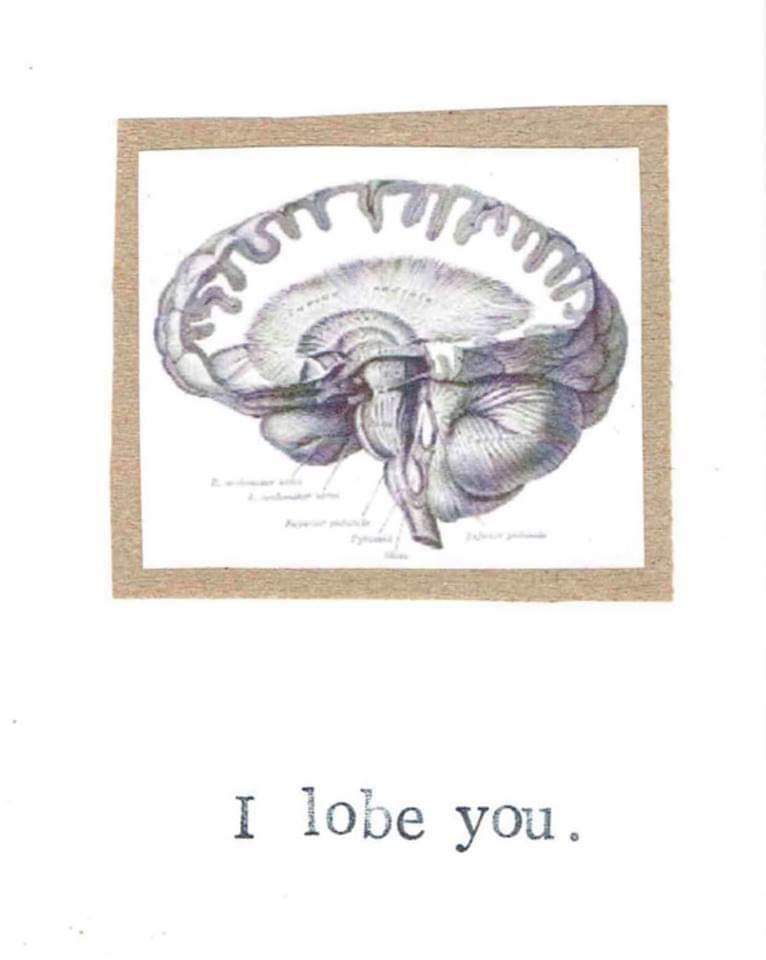Therapeutic Storytelling with Angie: Understanding Pain Beyond Fight or Flight

During a sensory integration session in the clinic, the therapist worked with Angie, a thoughtful and sensitive girl who had been adopted, alongside her supportive mum. Angie often showed intense emotional reactions to physical discomfort—sometimes lashing out or withdrawing—especially during moments of minor pain. These responses were not just sensory but deeply relational, shaped by her history of attachment trauma and sensory processing differences.
To help Angie understand how pain works and how we can comfort ourselves without defaulting to fight or flight, the therapist chose a creative and relational approach. He began crafting a story from scratch, weaving neuroscience and emotional insight into a metaphor Angie could relate to.
The Tale of Pane and DeePresah
The therapist said:
“Angie, imagine there’s a soldier inside your body. His name is Pane. But Pane is special—he has two personalities. One is the Protector, and the other is the Punisher.”
Angie leaned in, intrigued.
“When you touch something hot, like a frying pan, Pane the Protector jumps in. He sends a message to your brain saying, ‘Danger!’ and helps your hand move away quickly. He might also make you cry or shout to get help. That’s his job—to protect you.”
The therapist briefly explained the science:
“This happens because nociceptors—tiny sensors in your skin—send messages to your spinal cord and your brain about where the pain is, how strong it is, and how often it’s happening.”
But then the therapist added:
“Sometimes, Pane turns into the Punisher. He misreads the situation. Maybe someone pushes you into a bush and you hurt your knee. The pain is real, but now your emotions take over. You feel angry, unsafe, and want to fight back or run away. Pane tells your brain, ‘We’re under attack!’ even if it’s not a big danger.”
Angie nodded slowly, recognizing the feeling.
“Children who’ve been through tough times—like you—sometimes have Pane the Punisher in charge more often. Even small pain feels like a big threat.”
Then the therapist introduced a new character:
“Pane has a best friend called DeePresah. DeePresah is calm and strong. When there’s pain, and it’s not a cut or bruise, DeePresah comes to help. He presses gently on the sore spot and tells the brain, ‘Yes, there’s pain, but I’m here to help.’”
He explained how deep pressure works:
“DeePresah sends a message to the brain that the pain is real, but manageable. He helps the red-hot pain turn into a soft white glow—something you can handle. You can call DeePresah by rubbing the sore spot, hugging yourself, or asking someone you trust to give you a deep pressure hug.”
Angie smiled. She liked DeePresah.
Together with her mum, Angie practiced applying gentle pressure to her arm and leg, imagining DeePresah arriving with a warm blanket and a calm voice. She began to understand that pain doesn’t always mean danger—and that she had tools to comfort herself.
At the end of the session, Angie said:
“I think Pane gets confused sometimes. But I’ll remember to call DeePresah next time.”
The therapist praised her insight and encouraged her to practice the story at home, maybe even draw Pane and DeePresah to make them feel more real.
Until next time,
Neki
